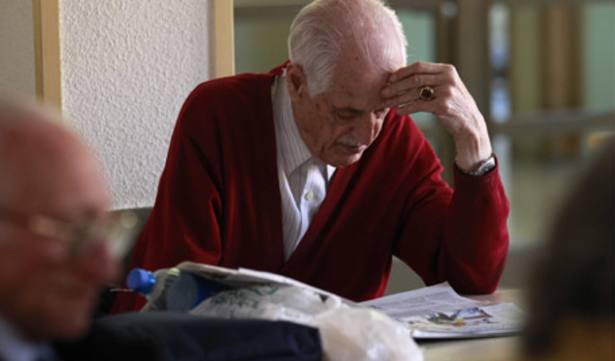During the last election campaign the Conservatives said that apart from pre-announced changes there would be no further changes to pension tax relief in this Parliament. Many people would breathe a huge sigh of relief if this promise was kept. Although there are many things wrong with the current structure of tax relief, a period of stability would be welcomed.
In terms of automatic enrolment, although the growth in coverage has been hugely encouraging, there are two fundamental outstanding issues for the 2017 review – coverage and adequacy.
On coverage, the biggest gap is Britain’s ‘forgotten army’ of more than 4m self-employed people. Whereas pension scheme membership among employees has soared, coverage among self-employed people has continued to decline.
Barely one self-employed person in four is contributing to a pension. This may not be a problem for better-off self-employed people who can live in retirement off the proceeds of their business and other assets, such as property or Isas. But growing numbers of self-employed people are not running small businesses. Rather, they are in many respects more like insecure low-paid employees, merely forced to operate as self-employed.
Short of compulsory saving (which is politically infeasible) there are no easy answers to getting the self-employed saving more for their retirement. The Lifetime ISA (Lisa) has been touted by the government as being a good option for the self-employed because of its greater flexibility with regard to withdrawals compared with a pension. But given that most self-employed people are over 40 and Lisas can only be opened by the under-40s, this is unlikely to be the answer for most.
The best option in my view would be to have some sort of simulated automatic enrolment for the self-employed. One approach would be to build on the existing system of Class 4 National Insurance Contributions.
This is a profit-related tax and is paid by roughly 2m self-employed people who file a tax return and have profits above a minimum threshold. One idea would be to raise the current standard rate of Class 4 NICs from 9 per cent to 12 per cent, but give the self-employed the option of redirecting the additional 3 per cent into a nominated pension scheme. This would be analogous to the 3 per cent employer contribution required eventually under automatic enrolment.
The self-employed person would then top-up this ‘employer’ contribution with 5 per cent gross of their own, putting them in the same position as an employed earner on the same income. Such a scheme would offer one way of moving the issue of pensions and the self-employed out of the ‘too difficult’ box.






